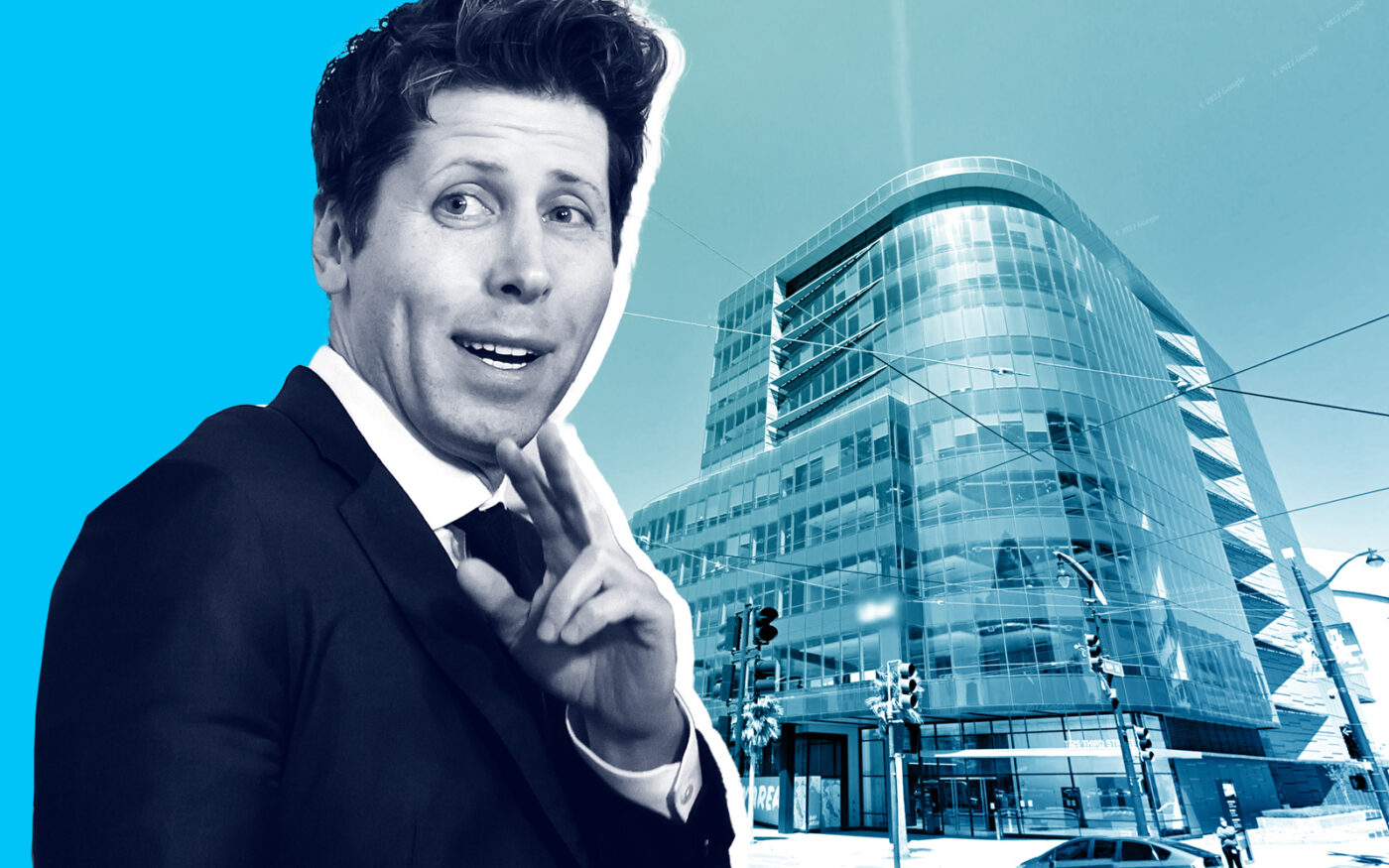A passing of the torch from one tech company to another?
Uber, the ride-hailing giant, has leased two of the four buildings of its Mission Bay headquarters in San Francisco to OpenAI, the creator of ChatGPT and DALL-E 2, the San Francisco Chronicle reported.
The lease encompasses 486,600 square feet at 1455 and 1515 Third Street — the largest in the city since 2018 — and is particularly notable because the aftermath of the pandemic has stifled new lease agreements, especially for large office spaces.
It is anticipated to provide a positive push to the market, although the persisting high vacancy rate of 34.7 percent remains a challenge, the outlet reported, citing data from CBRE.
While Uber will continue to occupy the remaining buildings on its campus and plans to expand its presence in Silicon Valley, OpenAI’s move signals its commitment to scaling its operations in San Francisco.
In a similar vein, Anthropic, a firm focused on building ethical AI tools and backed by Salesforce, has reportedly secured a lease for 250,000 square feet in the former Slack headquarters at 500 Howard St. The negotiations for both the OpenAI-Uber and Anthropic-Slack deals were prolonged due to the necessity of consent from the respective landlords, given the sublease nature of the agreements.
Earlier in the year, other AI firms, including Hive AI, Hayden AI, and Tome AI, also inked office lease agreements in the city, contributing to the burgeoning AI landscape.
The OpenAI and Anthropic deals are noteworthy also because they have taken months to get across the finish line, asn tenants now have more people involved in making decisions about where and when they might lease space, for how long and at what rates, real estate experts say.
Sublease deals are more complex than direct leases, given the number of parties involved, so they take more time to get done.
Negotiations can involve not just the tenant and sub-landlords, but building owners and the property’s lender.
And there are more of those deals now than before the pandemic, according to CBRE. Some 43 percent of the square footage leased from June through September were subleases, while less than a third were direct deals.
Even direct leases for offices in San Francisco are taking longer than before the pandemic.
That’s because the city’s one in three empty offices have given prospective tenants more choice, and reduced the competition for workspace.
Before the pandemic, it took San Francisco landlords from nine to 12 months to lease offices, according to Caroline O’Loughlin, a San Francisco-based vice president with CBRE. It now takes a year to 15 months.
For tenants, that means there’s more to gain, she said.
“Ultimately, the leases themselves are probably better — more favorable to the tenants — and hopefully the tenants feel more, like, ‘OK, this is exactly what we wanted to solve for. It took an extra three or four months, but we feel like we’re not regretting the decision we made,’” O’Loughlin, who mainly represents fast-growing tech companies, told the Business Times.
The more time it takes for landlords to reach a lease deal, the longer it takes them to collect rents, Colin Yasukochi, executive director of CBRE’s Tech Insights Center, said.
Size matters, with smaller suites in San Francisco’s trophy office buildings in greater demand. Anthropic and OpenAI, with their large pending deals, are less urgent.
What’s less clear is what kind of urgency, if any, the two are bringing to the negotiating table, according to the Business Times.
— Ted Glanzer
